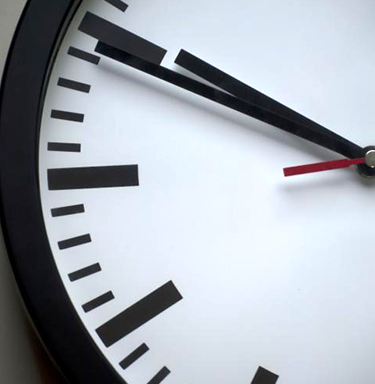
Today, the US Department of Labor (‘DOL’) announced its Final Rule updating the salary thresholds for the executive, administrative, and professional exemptions from overtime provisions, as well as the highly compensated employees exemption, under the Fair Labor Standards Act (‘FLSA’).
Background
Originally in 2016, during the Obama administration, the DOL sought to increase the salary threshold over which the FLSA overtime provisions would not apply to USD 913 per week (USD 47,476 annually) for white collar exemptions and USD 134,004 annually for highly compensated employees. The 2016 Rule called for an automatic update of the salary threshold every three years and permitted the use of nondiscretionary bonuses and incentive payments to satisfy 10% of the salary requirement. However, the DOL required that the bonuses and incentive payments be tied to productivity and profitability and that they be made on a quarterly or more frequent basis. This rule faced a tremendous amount of backlash and was ultimately blocked by a federal judge before it could be implemented. In its new Final Rule, the DOL formally rescinds the 2016 Rule.
Summary of New Rule
Effective 1 January 2020, the new regulations increase the salary threshold for white collar exemptions from USD 455 per week (USD 23,660 annually) to USD 684 per week (USD 35,568 annually) and for highly compensated employees from USD 100,000 annually to USD 107,432 annually. The Final Rule allows employers to use nondiscretionary bonuses and incentive payments, paid at least annually, to satisfy up to 10% of the salary threshold. Employers are permitted to make a ‘catch up’ payment if an employee does not earn enough nondiscretionary bonuses or incentive payments in a given year, as long as the payment is made within one payday of the end of the 52-week period. Lastly, the DOL forgoes any automatic updates to the salary threshold and instead reiterates its determination to update the earnings thresholds more regularly through ‘notice-and-comment’ rulemaking.
Employers’ Bottom Line
Although the new Final Rule is likely to be less controversial than the 2016 Obama-era Rule, employers should still be cautious in taking appropriate steps to ensure compliance with these new thresholds going forward. This includes conducting an audit of employees affected by the increase in the salary basis test to determine whether to reclassify employees, increase salaries or consider alternative compensation methods.